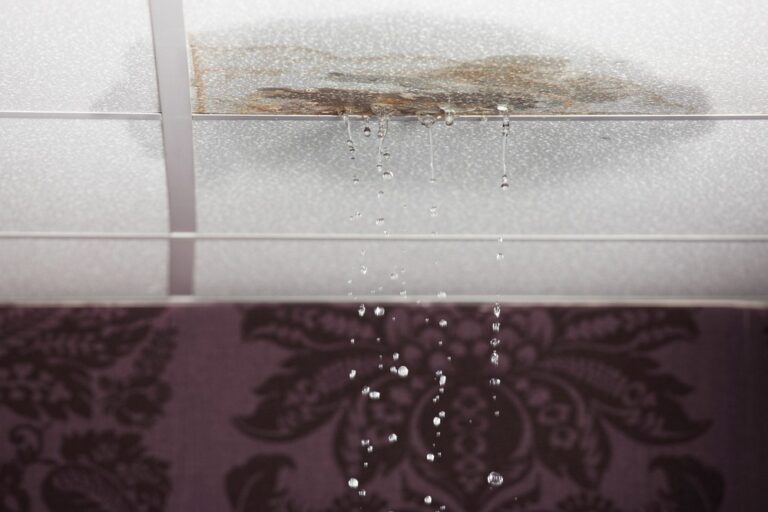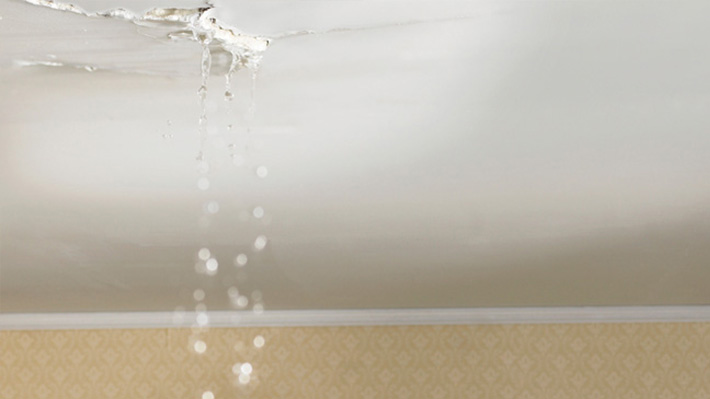📞 (504) 384-0676 📍 1 Galleria Blvd Suite 1900, Metairie, LA 70001⏰ 08:00 A.M. – 05:00 P.M.
Types Of Roofs: Your Comprehensive Roofing Guide For 2025

Roofing Style is one of the basic factors to be considered when choosing a roofing style to your house. Aesthetics are not the only important, durability, lifespan, and functionality are also very important. You are in the right place, in case you have ever wondered why it is so important to have a good roof on your house. We will take a look at the world of roofing and find the answers to the most important questions: What kind of roof do you have, and what kinds of roofs are there in 2025? Knowing these will assist you to make a sound choice that will not only make your house beautiful, but also stronger.
What Type Of Roof Do You Have?
It is important to first find out what kind of roof is currently covering your house before going into the various different kinds of roofs. The most widespread types of roofs are gable roofs, hip roofs, mansard roofs, flat roofs, etc. Both of them possess their own peculiarities and benefits, which not only influence the appearance of your house but also its stability.
Types Of Roofs In 2025: A Comprehensive Overview
Types Of Roofs are of different designs and materials with their own advantages and consideration. The following are some of the updated details:
1. Gable Roof: The gable roof is traditional and triangular in shape and is known to be practical. It has good ventilation and is perfect in shedding water and snow.

2. Hip Roof: Hip roofs have slopes on all four sides and are stable, and offer excellent resistance to high winds. They also provide more living or storage areas.

3. Dutch Roof: A Dutch roof or gambrel roof has a twofold slope on each side. The design provides an additional room beneath the roof commonly in barns and garages.
4. Mansard Roof: Mansard roofs are defined by the fact that they have two slopes on each side. They maximize the space to live and are synonymous with the French style of architecture.

5. Flat Roof: Flat roofs seem flat but they have a slight inclination to drain water. They are contemporary and may be green or rooftop habitation.

6. Shed Roof: This is a one-sloped roof that is common in contemporary and minimalist buildings. Shed roofs are effective in shedding water and open interior spaces.

7. Butterfly Roof: This is a new design that looks like butterfly wings and it forms a valley in the middle where the rain water can be collected. It is an impressive selection to use in modern houses.

8. Gambrel Roof: Gambrel roofs are roofs that are typical of barns and colonial-style houses, and have two slopes on each side. They offer sufficient storage or living areas.

9. Dormer Roof: Dormers are minor structures that are coming out of a bigger roof. They open up more space which is usually occupied by windows or extensions.

10. M-Shaped Roof: M-shaped roof is a roof that is made up of two gable roofs that are joined at right angles. It is a special design which is both aesthetically pleasing and practical.

Conclusion:
Finally, your roof is not just a shelter, but it is an essential element of your home personality and strength. The first step to appreciating the significance of roofs is to understand the different types of roofs and what kind of roof you have. Although the design and style of your roof is important, the material you use is also important.
This is one of the tips that you should remember: A natural slate roof is always a safe choice, and it adds to the appearance of your house with the amazing technical and aesthetic characteristics. You may be attracted to the classic beauty of a gable roof or the modern beauty of a butterfly roof, but with the right material you will not only have a roof that looks great but it will also be able to withstand the test of time.
To get more inspiration and have a closer look at the roofing options, see 10 types of roofs you didn’t know about. This guide on roofing will become your precious tool whether you are building a new house or need to replace the roof in 2024.





